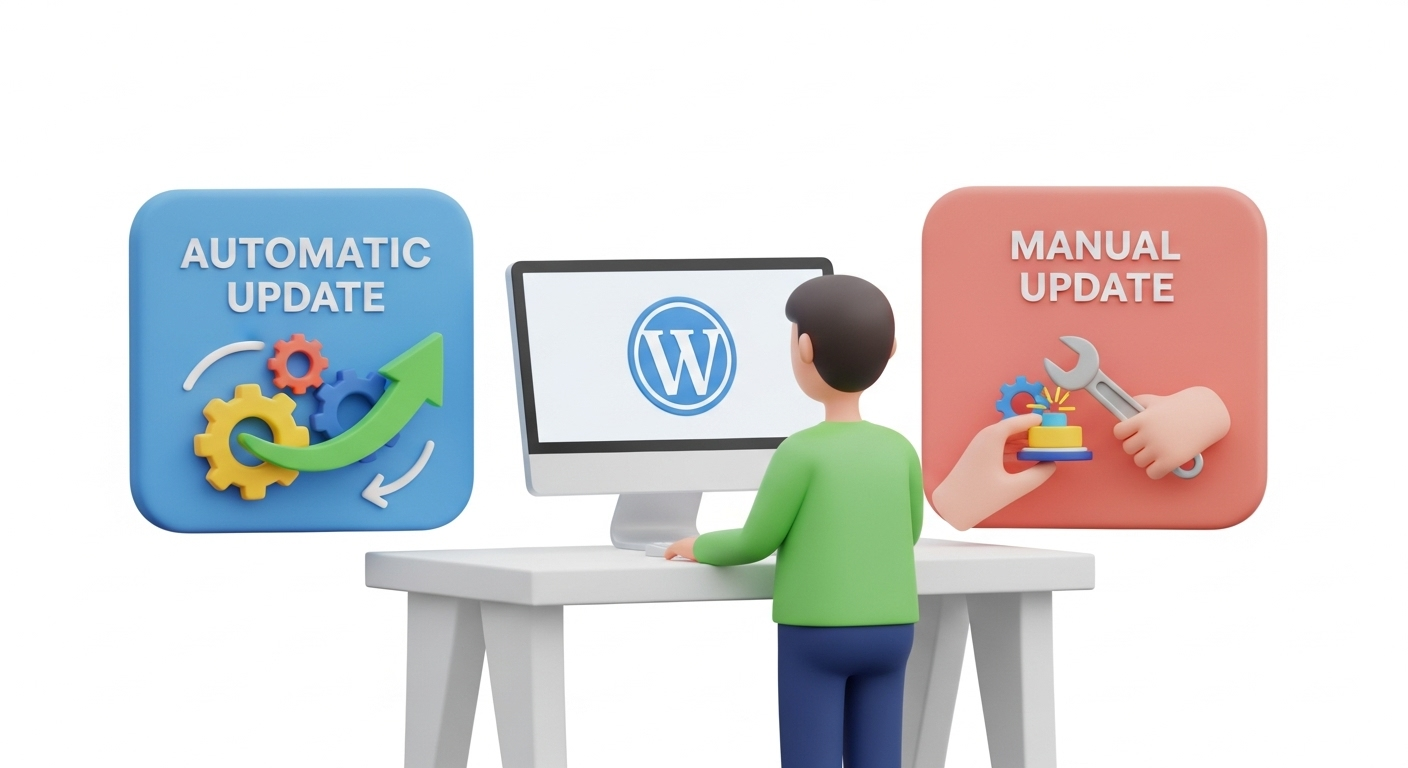
Looking to move from Wix to WooCommerce in 2025? You're not alone. As online stores grow, many merchants feel the limitations of all-in-one website builders like Wix — and start looking for more flexible, scalable platforms. This guide explores the pros and cons of migrating, and gives you a simple path to complete a Wix to WooCommerce migration without losing data or traffic.
Why Migrate from Wix to WooCommerce?
While Wix is great for beginners, here’s why many merchants transfer their online store to WooCommerce:
- Full control over your WooCommerce store and hosting
- Unlimited customization (open-source codebase)
- More eCommerce features via plugins like WooCommerce Subscriptions, Bookings, Memberships
- Better SEO tools and structure
- Scalability for stores with hundreds or thousands of products
WooCommerce is built on WordPress, making it ideal for content-driven commerce and long-term growth.
✅ Pros of Moving to WooCommerce
- Freedom and Flexibility: You’re not limited by drag-and-drop templates or Wix’s app store.
- More Payment & Shipping Options: Full control to integrate custom gateways and shipping rules.
- Own Your Data: No platform lock-in — you control your hosting and backups.
- Large Developer Ecosystem: Thousands of themes, plugins, and freelancers to choose from.
⚠️ Cons of Migrating from Wix
- More Complex Setup: Requires hosting, domain management, plugin configuration.
- Learning Curve: WooCommerce and WordPress have more technical depth than Wix.
- Manual Work: Some Wix elements (like design blocks or custom forms) won’t migrate automatically.
️ How to Transfer an Online Store from Wix to WooCommerce
Here’s a simplified Wix to WooCommerce migration process:
Step 1: Prepare Your WooCommerce Store
- Get hosting and install WordPress
- Install the WooCommerce plugin
- Choose and configure your theme
- Set up shipping, taxes, currencies
Step 2: Export Data from Wix
Wix doesn’t provide full export tools, but you can manually or via third-party apps export:
- Products (via CSV)
- Orders (manually)
- Customer emails (via Contacts export)
Note: Some third-party tools (like Cart2Cart) offer automated Wix to WooCommerce transfer services, saving you time.
Step 3: Import into WooCommerce
Use native WordPress/WooCommerce import tools or migration services to import:
- Products and categories (CSV)
- Images and descriptions
- Customer data (optional via plugin)
- Orders (if supported)
Step 4: Rebuild Pages and Design
Since Wix is a visual builder, your pages won’t transfer 1:1. Use a WordPress page builder like Elementor or Gutenberg to recreate key landing pages, home, contact, etc.
Step 5: Set Up Redirects & SEO Fixes
To avoid losing SEO traffic:
- Set 301 redirects from old Wix URLs to new WooCommerce URLs
- Re-submit sitemap to Google Search Console
- Double-check titles, meta descriptions, and schema markup
Tools to Simplify Migration
Services like Cart2Cart can automate the bulk of your data migration:
- Transfer products, images, orders, customers
- Preserve SEO
- Run a free demo migration
- Save dozens of hours of manual work
Final Thoughts
Migrating from Wix to WooCommerce gives you more power and control over your online business. Yes, it takes effort — but with the right approach, you can transfer your online store without breaking your SEO or customer flow. If you’ve outgrown Wix, WooCommerce might just be the upgrade your business needs.
Monthly Update – December 2025
As 2025 draws to a close, a significant trend for e-commerce merchants is the increasing focus on AI-powered personalization and customer service. Integrating advanced AI chatbots and recommendation engines within WooCommerce can drastically improve user experience and conversion rates. Unlike rigid platforms, WooCommerce's flexibility allows for deeper integration of sophisticated AI tools, enabling dynamic product recommendations based on real-time browsing behavior, personalized marketing campaigns, and efficient customer support through AI assistants.
Another key consideration for the upcoming year is the sustained push towards sustainable e-commerce practices. WooCommerce users can leverage a vast ecosystem of plugins to highlight eco-friendly products, optimize shipping routes for lower carbon footprints, and integrate carbon offsetting options directly into the checkout process. This not only aligns with growing consumer demand for ethical shopping but also enhances brand reputation and loyalty. Prioritizing these areas will position your WooCommerce store for success in 2026 and beyond.
For more details, explore our FAQ section or schedule a call with a migration expert.





